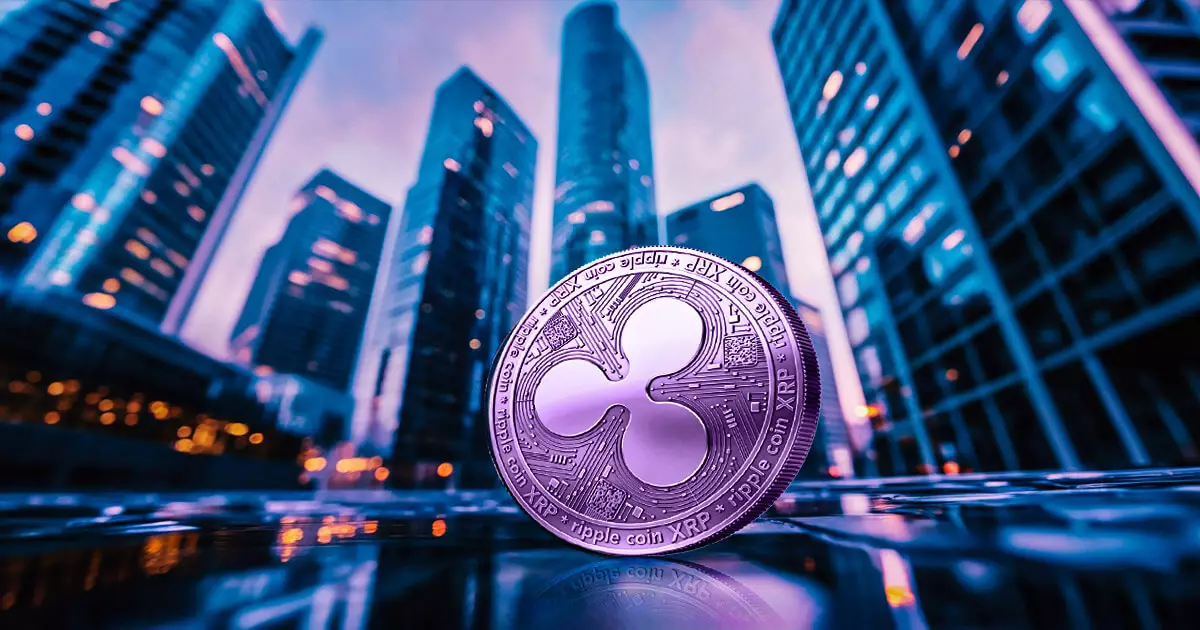XRP, the cryptocurrency associated with Ripple, has been experiencing significant traction on a global scale. With increasing endorsements from regulatory bodies worldwide and initiatives aimed at broadening its acceptance—including the potential for a Grayscale XRP ETF and CME XRP futures—its trajectory seems optimistic. However, this narrative is juxtaposed against concerns regarding its regulatory standing, particularly in Hong Kong, a crucial hub for cryptocurrency activities in Asia.
On January 27, 2025, Hong Kong’s Securities and Futures Commission (SFC) made headlines by granting licenses to PantherTrade and YAX, marking a milestone as the first crypto trading licenses issued this year. This announcement reflects Hong Kong’s commitment to establishing itself as a regulatory leader in the crypto space. However, the SFC’s selective approval of cryptocurrencies has resulted in an interesting discrepancy. The only cryptocurrencies granted trading licenses are Bitcoin, Ether, Avalanche, and Chainlink—completely excluding XRP. This exclusion raises critical questions about the future of XRP in Hong Kong and the factors influencing this regulatory decision.
The Regulatory Framework and Its Implications for XRP
Hong Kong’s regulatory framework is characterized by strict adherence to anti-money laundering (AML) and counter-terrorist financing (CTF) measures. All licensed exchanges must navigate these rigorous regulations to ensure compliance, which adds another layer of complexity for cryptocurrencies seeking approval for trading. Despite their extensive efforts, Ripple’s XRP remains absent from the approved cryptocurrency list in Hong Kong, indicating a challenging path ahead.
The fact that only ten exchanges are currently registered and compliant with the SFC’s regulations emphasizes the competitive nature of the market. Initially, the SFC aimed to license 11 trading platforms by the end of 2024 but faced setbacks due to the stringent compliance checks. As a result, regulators have been methodically working with exchange operators to confirm adherence to financial standards before granting licenses. The slow pace of approval highlights the cautious stance the SFC is adopting towards cryptocurrencies that have faced regulatory pressures elsewhere, including XRP, which has found itself in the crosshairs of legal challenges in numerous jurisdictions.
Understanding the Reasons Behind XRP’s Exclusion
The reasons for XRP’s regulatory exclusion by the SFC are not explicitly stated, leaving room for speculation. Analysts suggest that Ripple’s ongoing legal battles, including the reputational ramifications of the U.S. Securities and Exchange Commission’s (SEC) scrutiny, could significantly influence local regulations. Although XRP enjoys widespread adoption globally, its legal uncertainties may hinder confidence among Hong Kong regulators to approve it for trading.
As the crypto landscape continues to evolve, the future of XRP in Hong Kong remains uncertain. With the constant regulatory developments and Ripple’s unresolved legal issues, market participants must navigate this unpredictability. For XRP to gain a foothold in one of Asia’s most significant financial centers, clarity in its regulatory standing and resolution of its legal disputes will be crucial. The unfolding narrative in Hong Kong serves as a reminder of the intricate interplay between regulation and cryptocurrency, underscoring the need for continuous dialogue and adaptation in this rapidly changing sector.


Leave a Reply